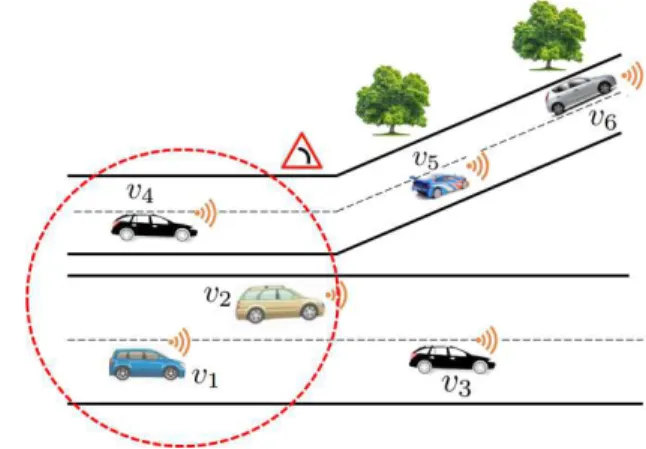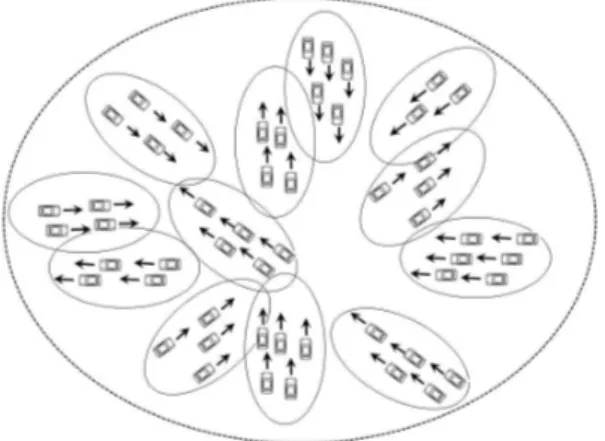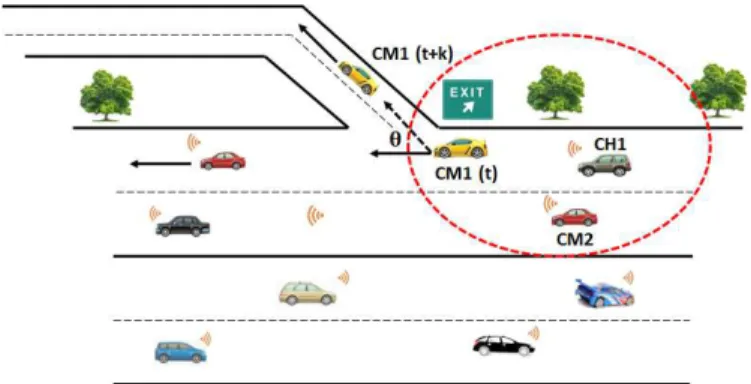A Novel Angle-based Clustering Algorithm for Vehicular Ad Hoc Networks
Texte intégral
Figure




Documents relatifs
Power Control received frames Power Control sent frames No Power Control received frames No Power Control sent frames Theoretical model (empirical distribution) Theoretical
Fig. 2 gives an example for illustrating effective neighbor selection. Assume that a source vehicle A within the dotted circle receives a data packet from its left vehicles
In TFPA, every node regularly checks its neighborhood and based on the observed changes and the theoretical analysis results, every node dynamically and periodically adapts both of
In this study, we have proposed a new message dissemination protocol for ve- hicular ad-hoc networks based on cloud computing infrastructure, called Cloud computing-based
This paper investigates the problem of building an autonomous and robust broadcasting protocol, which provides each node with the adequate strategy to determine if an incoming
In particular, thanks to the defined redundancy ratio metric, vehicles transmitters are able to dynamically adjust the probability of rebroadcast according to the
Remarks: 1) Our linear VANET model can be optimized (with respect to the mean density of progress) jointly in the communication range R and in the medium access probability p.. This
2) Impact of speed and arrival rate on the efficiency: Let us study now the efficiency of the clustering algorithm. The efficiency relies on the percentage of vehicles that acquire a
